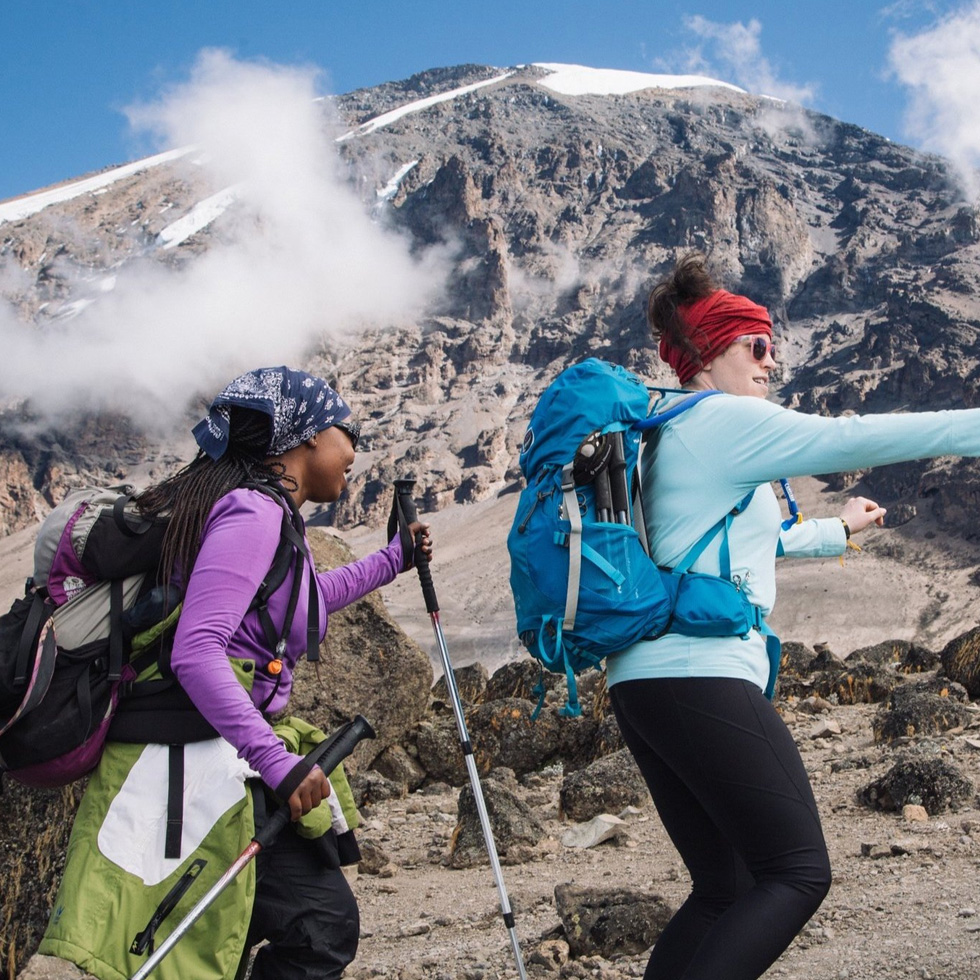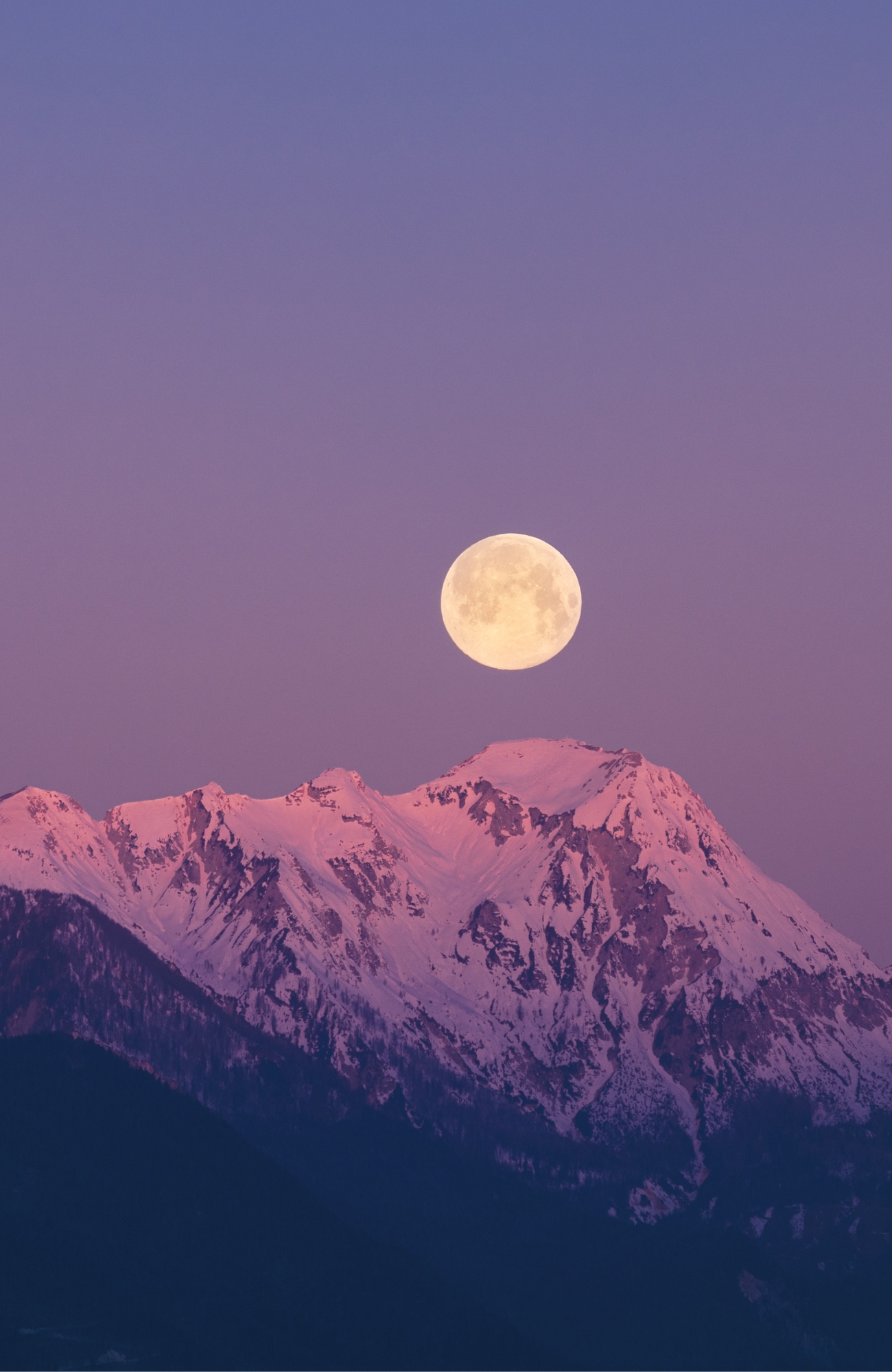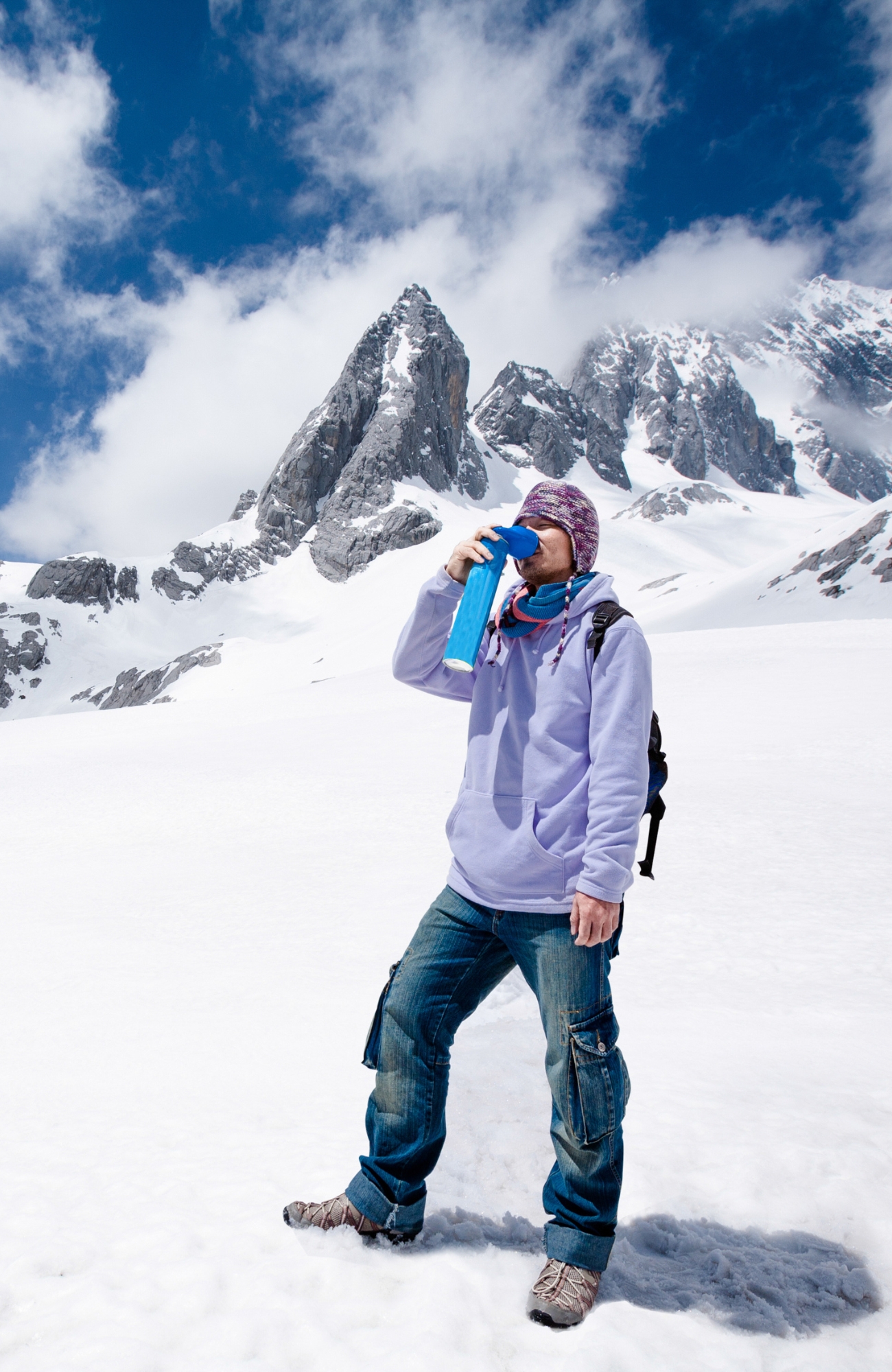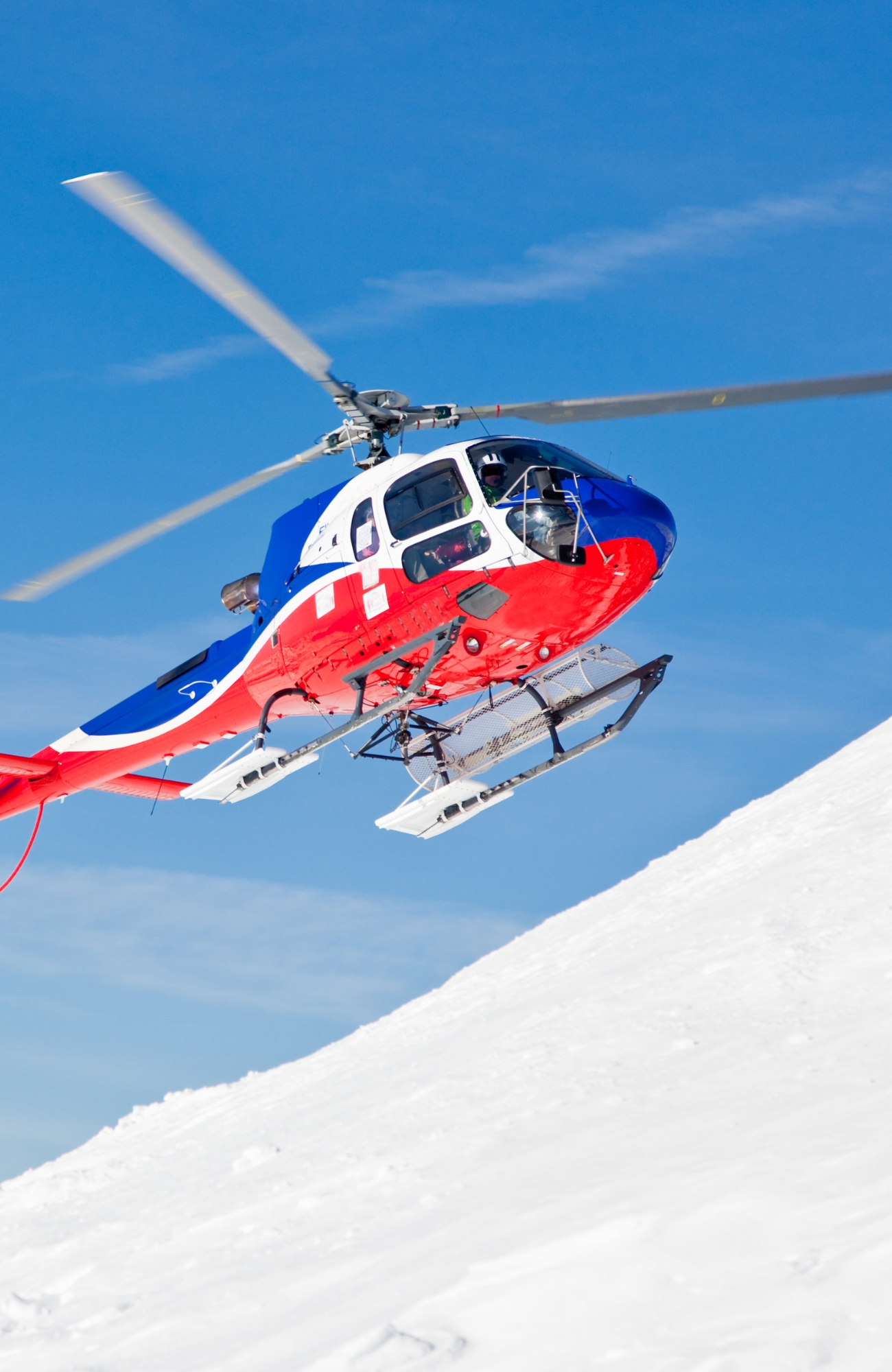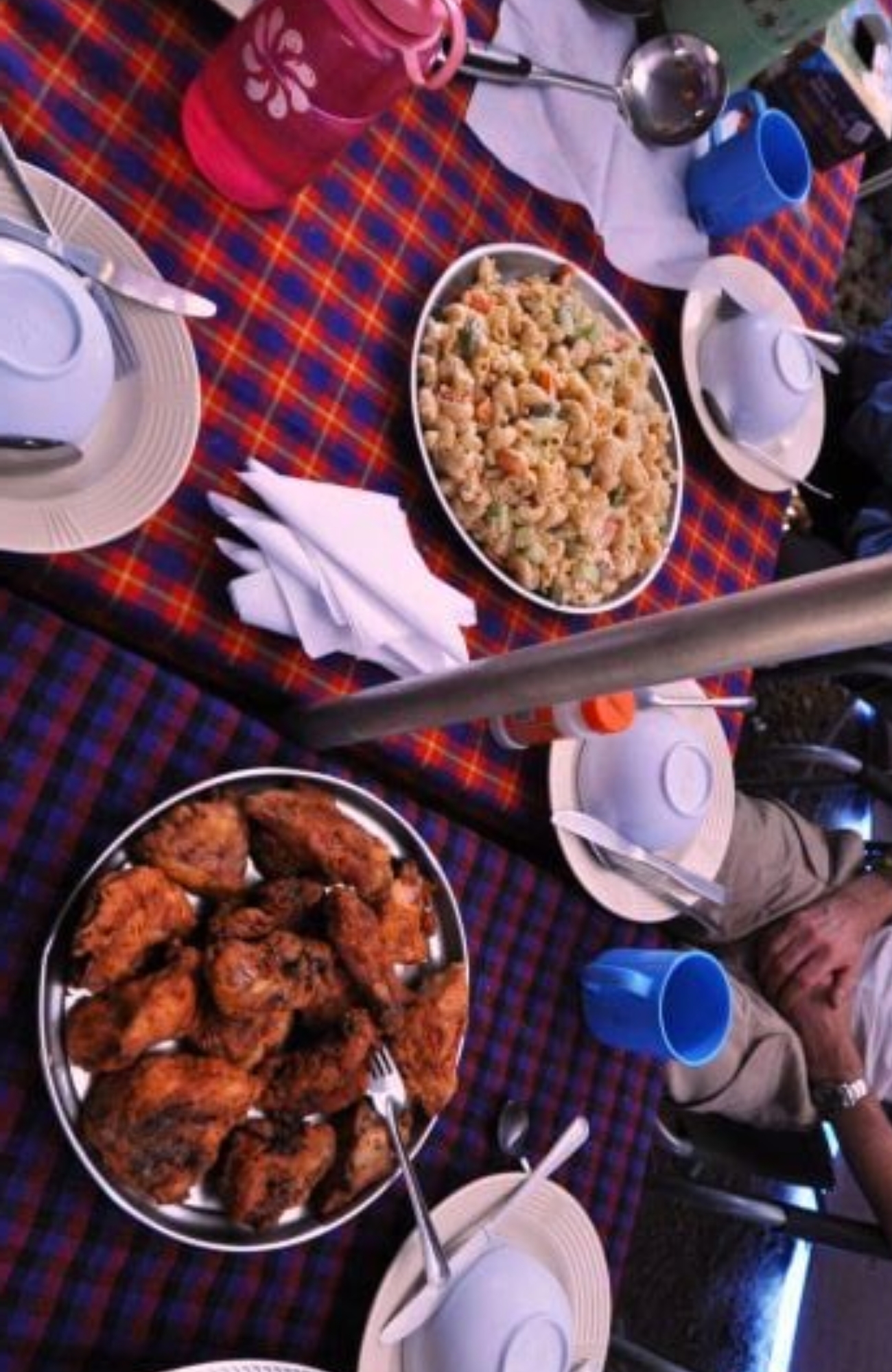Kilimanjaro Climbing Faqs
Certainly! Here’s a concise version of the frequently asked questions (FAQs) about climbing Mount Kilimanjaro:
More Information
Mount Kilimanjaro is situated in northeastern Tanzania, near the border with Kenya, within Kilimanjaro National Park.
Mount Kilimanjaro's summit reaches an impressive elevation of 5,895 meters (19,341 feet) above sea level, making it Africa's tallest peak.
Climbing Kilimanjaro presents challenges due to its high altitude, but technical climbing skills aren't required. Preparation, physical fitness, and proper acclimatization are essential for a successful climb.
Most climbs take around 6 to 8 days, allowing for acclimatization. Different routes offer varied experiences and ascents.
Popular routes include the Marangu (Coca-Cola) Route, Machame Route, Lemosho Route, and Rongai Route, each with unique features and landscapes.
Yes, climbing permits are obtained through licensed tour operators who manage logistics and ensure all required permits are in place.
Ideal times are during the dry seasons: January to mid-March and June to October, as weather conditions are more favorable.
No prior climbing experience is needed, but good physical fitness and mental determination are important.
Temperatures vary widely. While lower altitudes are milder, higher elevations can experience freezing temperatures, especially at night.
Accommodations include basic huts on some routes and camping on others, offering a range of experiences.
Gradual ascents, proper hydration, and acclimatization days are essential to reduce the risk of altitude sickness.
Associating your brand with the challenge, triumph, and natural beauty of Kilimanjaro can project values of resilience, adventure, and personal growth.
Utilize social media with captivating visuals, create engaging content about the climb, and leverage customer reviews to build credibility.
Safety is paramount. Experienced guides, proper equipment, and adherence to responsible tourism practices contribute to a safe journey.
Share success stories, showcase the diverse landscapes, and emphasize the personal transformation that comes from conquering Kilimanjaro.
While there isn't an official age limit, climbers should be reasonably fit and capable of enduring the physical challenges. It's advisable to consult a healthcare professional, especially for older adults and younger participants.
Reaching the summit of Mount Kilimanjaro is a monumental achievement. It signifies personal growth, determination, and the ability to conquer challenges. It's a journey that stays with climbers as a symbol of their resilience.
Both options are possible. While some climbers prefer the camaraderie of a group, others choose to climb solo. Joining a group led by experienced guides can provide additional support and safety measures.
Research is crucial. Look for licensed and reputable tour operators with a track record of safety and positive customer reviews. Compare itineraries, services, and guide qualifications to find the best fit for your preferences.
Regular cardiovascular exercises such as hiking, jogging, and cycling can help build stamina. Additionally, strength training and flexibility exercises contribute to overall fitness. Consult a fitness professional for a tailored training plan.
Tipping is customary and an essential part of the Kilimanjaro climbing experience. Guidelines for tipping guides and porters can be obtained from your tour operator. It's a gesture of appreciation for their hard work and support.
Respect for the local culture is important. Learn about the customs and traditions of the communities around Kilimanjaro. Engage with locals responsibly and be mindful of the environment.
Essential gear includes appropriate clothing for varying temperatures, sturdy hiking boots, a quality sleeping bag, a daypack, trekking poles, and essential personal items. Your tour operator will provide a detailed packing list.
Absolutely! Photographs and videos are excellent ways to document your adventure. Be sure to have the necessary equipment, but also remember to immerse yourself in the experience rather than just through a lens.
Responsible tourism positively impacts local economies. Many tour operators collaborate with local communities, providing employment opportunities and supporting local businesses. Ensure your chosen operator practices ethical tourism.
Absolutely! The sunrise from the summit of Kilimanjaro is a breathtaking experience and a highlight of the climb. It's a moment of serenity and achievement that remains etched in memory.
Climbers should have a medical check-up before the climb to assess their fitness and health. Pre-existing medical conditions should be discussed with healthcare professionals to ensure a safe climb.
Certainly! Tanzania offers a wealth of attractions, including safaris, cultural experiences, and visits to nearby national parks. Many tour operators offer extended packages for a more comprehensive Tanzanian adventure.
Kilimanjaro's glaciers have been receding due to climate change. Climbers can witness the effects firsthand and contribute to raising awareness about the importance of environmental conservation.
Research and select a reputable tour operator that aligns with your preferences. Contact them to discuss available dates, routes, and any customization you might require. They will guide you through the booking process.
